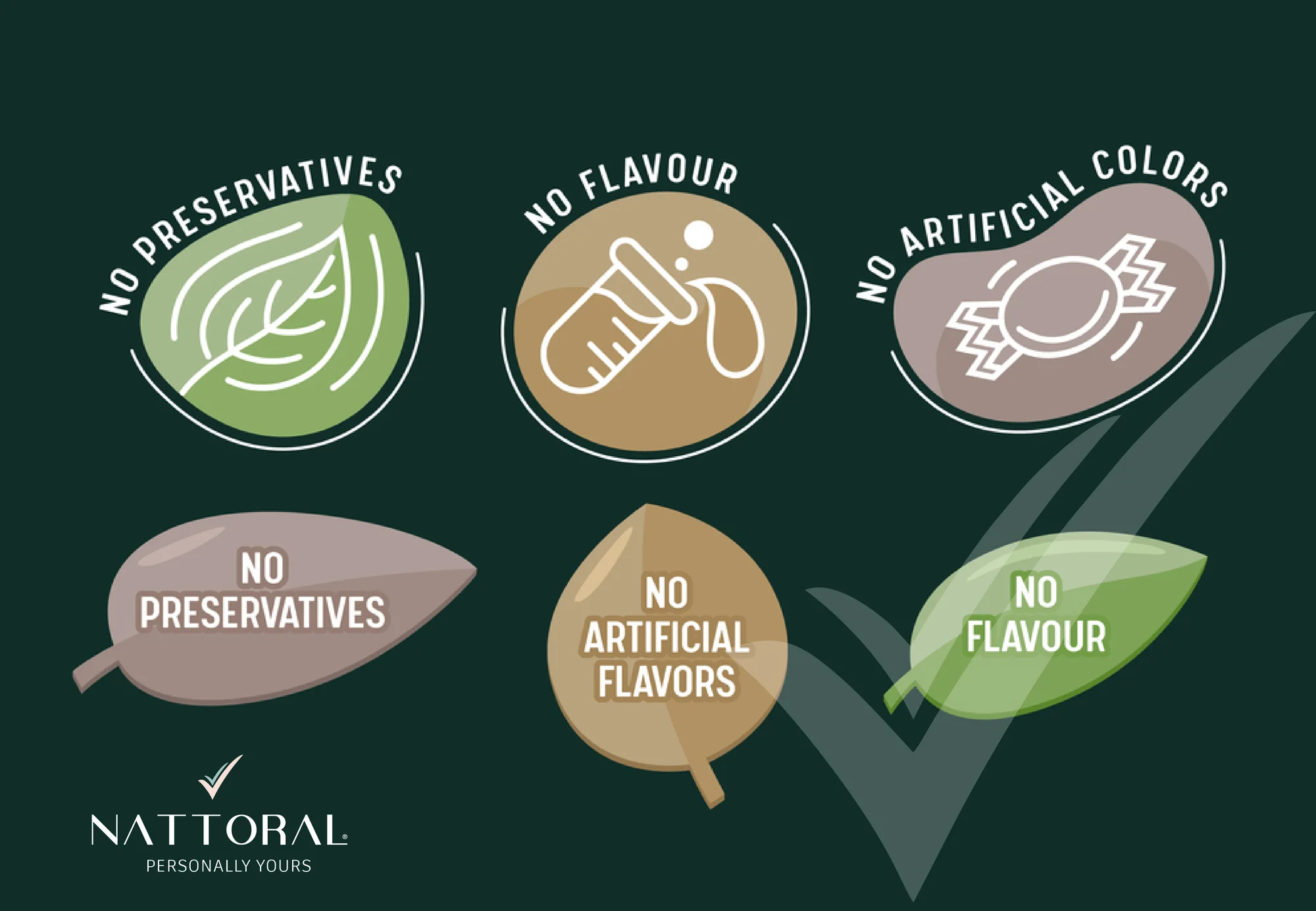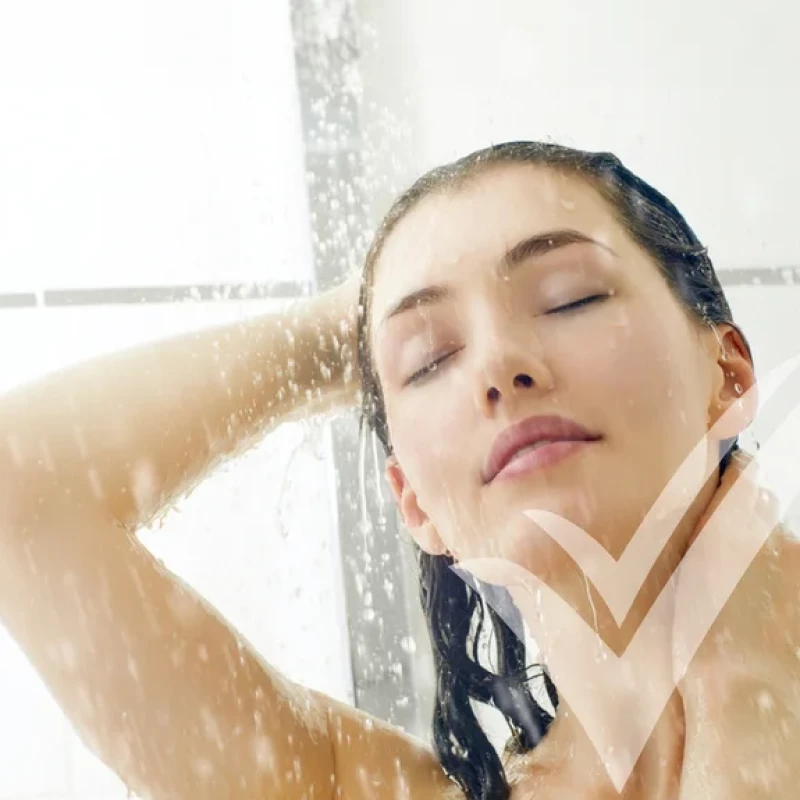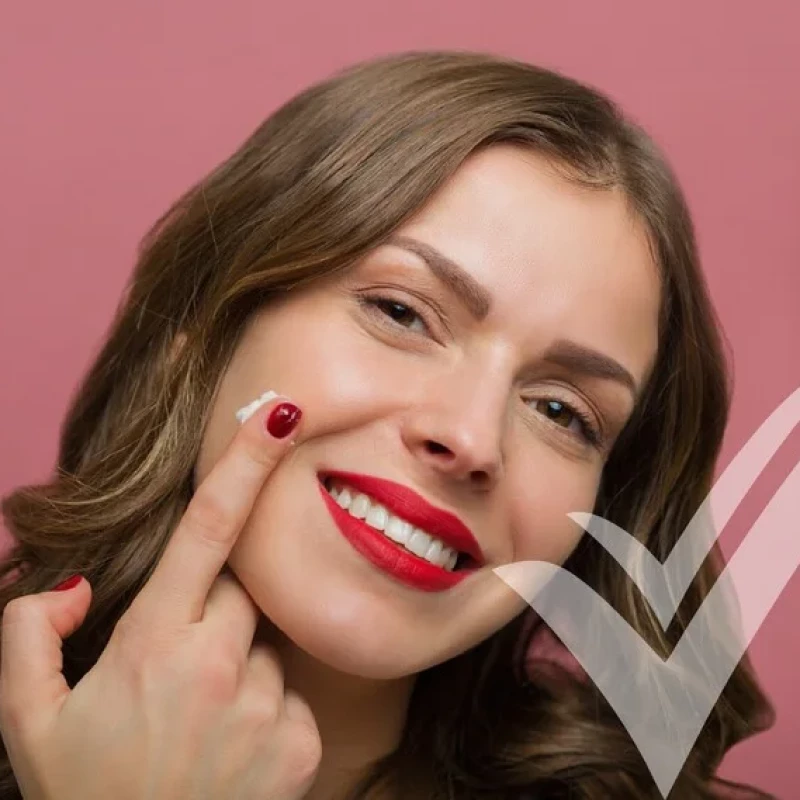bad ingredients in cosmetics
Laws regarding cosmetics differ all across the world. An ingredient that might be banned in Europe might be allowed in cosmetic products in North America. This difference in laws makes the safety of cosmetic products questionable, which is why companies and consumers over the globe have started paying greater attention to what's inside every cosmetic product. In this blog, we will discuss how the safety of cosmetic and beauty products is determined. We will shed light on some prominent regulatory authorities and conclude by talking about the Food and Drug Administrations (FDAs) in the U.S. and the European Union.
How Is the Safety of Cosmetic Products Determined?
 Factors Considered During the Safety Evaluation Cosmetic companies use multi-stage testing and evaluation methods to determine the safety of their cosmetic products. The following factors are usually considered in a safety evaluation[1]:
Factors Considered During the Safety Evaluation Cosmetic companies use multi-stage testing and evaluation methods to determine the safety of their cosmetic products. The following factors are usually considered in a safety evaluation[1]:
• Ingredients in the product and their sources
• Function and concentration of the ingredients
• Chemical purity and stability of the ingredients
• Effects of exposure to the ingredients
• Product compatibility on humans
• Ingredient conflicts within the product
• Effects of exposure to other multiple everydayuse ingredients
• Effects of exposure on children, elderly and pregnant women
Who Takes Responsibility for Determining the Safety of Cosmetics Products?
The responsibility for determining if a cosmetic product is safe to use or not lies with the manufacturer of the product[2]. If you own a cosmetic company, it is your job to get your products tested before you put them on the market. An essential test that many manufacturers must do is the Toxicology Test[3] to determine the toxicity of a cosmetic product. While the FDA does not have the authority to run tests and approve every product before it hits the market, they have the right to take action against manufacturers if they have proof that the company is not abiding by the safety requirements.
Why did U.S. Ban Only 30 Ingredients While EU Banned 1300?
The U.S has only 30 items on the list of banned cosmetic ingredients. Across the ocean, however, the European Union has banned 1,300 ingredients! Even Canada has banned 600 ingredients [4]. So why is the U.S. lagging behind and not spending time in proving the safety of cosmetic products?
Parabens, coal tar dyes, carcinogens, like formaldehyde, and many other harmful ingredients that have been banned in the EU are still being used widely in the U.S. This is mainly because the U.S. FDA Act[5] was last passed in 1938 and has not been altered since then. The law has not caught up with the change in the consumption patterns of cosmetic products.In the EU, the FDA ruled in 2006 that any ingredient that has a lack of scientific knowledge and evidence proving its safety will be banned as a precautionary measure. This is the reason why 1300 ingredients have been banned as of yet. In the U.S., however, the federal government does not prohibit an ingredient unless the proof of harm is shown with all scientific evidence. This process can take decades, and many products hit the market without any pre-approval.
Conclusion
Since the U.S. has a long way to go before it bans harmful ingredients, manufacturers and suppliers must play their roles in ensuring the safety of cosmetic products. They must refrain from using ingredients that are known toxins for the human body. To be on the safe side, it is best for all consumers to opt for safe beauty products with well-studied ingredients, such as those from Nattoral.
References
• “Factors Considered in Safety Evaluation.” Factors Considered in Safety Evaluation | Cosmetics Info, cosmeticsinfo.org/safety-cosmetics.
• Center for Food Safety and Applied Nutrition. “Product Testing of Cosmetics.” U.S. Food and Drug Administration, FDA, www.fda.gov/cosmetics/cosmetics-science-research/product-testing-cosmetics.
• Bruin, Yuri Bruinen de, et al. “Testing Methods and Toxicity Assessment (Including Alternatives).” Information Resources in Toxicology (Fourth Edition), Academic Press, 27 July 2009, www.sciencedirect.com/science/article/pii/B9780123735935000604.
• Canada, Health. “Government of Canada.” Cosmetic Ingredient Hotlist: Prohibited and Restricted Ingredients - Canada.ca, / Gouvernement Du Canada, 15 Jan. 2020, www.canada.ca/en/health-canada/services/consumer-product-safety/cosmetics/cosmetic-ingredient-hotlist-prohibited-restricted-ingredients.html.
• “21 U.S. Code Chapter 9 - FEDERAL FOOD, DRUG, AND COSMETIC ACT.” Legal Information Institute, Legal Information Institute, www.law.cornell.edu/uscode/text/21/chapter-9.


